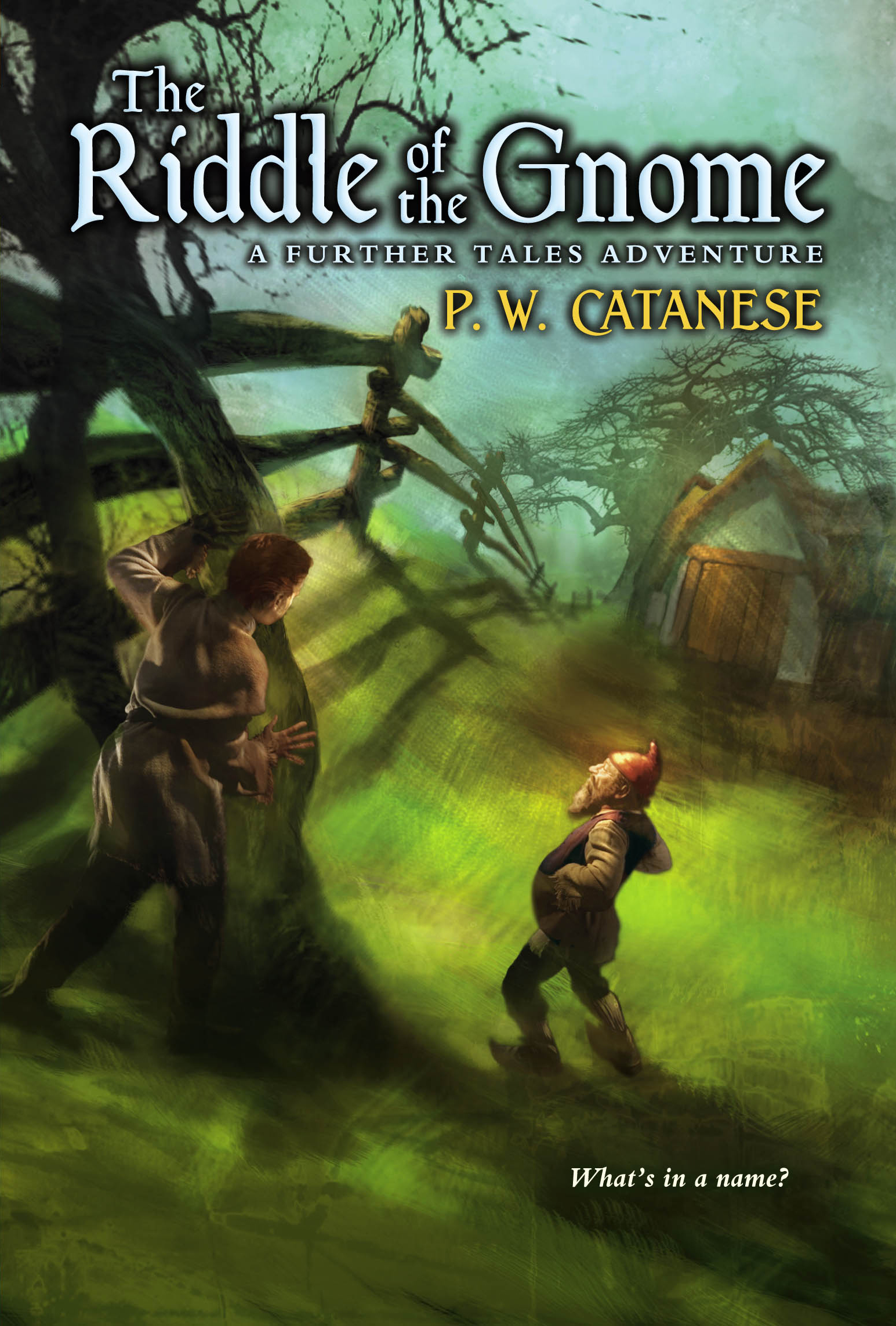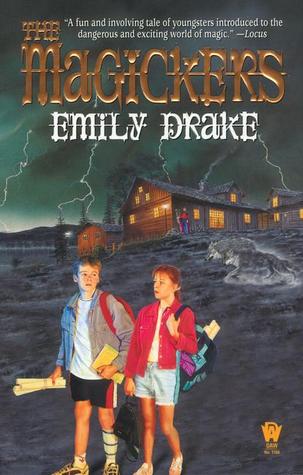[button color=”black” size=”big” link=”http://affiliates.abebooks.com/c/99844/77798/2029?u=http%3A%2F%2Fwww.abebooks.com%2Fservlet%2FSearchResults%3Fisbn%3D9781582349190″ target=”blank” ]Purchase here[/button]
Fiona Shaw, the actress who plays Petunia Dursley in the Harry Potter movies, inspired the character of Mrs. Rokabye whom we meet in this book. Mrs. Rokabye is the guardian of a little orphan girl named Silver, who lives in a big old house called Tanglewreck. Silvers parents and sister disappeared in a railway accident four years ago, and Mrs. Rokabye stepped in with legal papers and an evil rabbit named Bigamist (who was soon surrounded with a multitude of little Bigamists). Together, the lady and the rabbit keep Silver on the verge of starvation, while they sell off the furniture and plan to raze the historic mansion and replace it with modern housing.
Mrs. Rokabye isnt the only person who wants something that belongs to Silver. For starters, there is a shadowy man named Abel Darkwater, a clock collector and dealer who thinks Silver can lead him to a very special clock called the Timekeeper. Then there is the beautiful Regalia Mason, a scientist who heads a very powerful corporation, who very definitely does not want Silver to find the Timekeeper. Caught between them, Silver has nowhere to go but down and down she goes, into the bowels of the city of London, where she is befriended by a strange clan of tunnel-dwelling Throwbacks. Only then does she begin to learn what a strange adventure she is in.
Silvers adventure involves time travel, and a prophecy, and a black hole, and a hospital where patients are subjected to cruel experiments, and a border crossing where undesirable refugees are atomized, and a replica of the Vatican in which all the popes in history are gathered (including one particularly nasty character). It involves a woolly mammoth on the banks of the Thames, and time tornadoes that cause people and buildings to disappear, and the crucial point in history (a.k.a. now) that will decide whether the world ends as we know it, and one clock that, in the wrong hands, can be used to obtain absolute power over the entire universe.
This book is an interesting blend of entertainment, science, and philosophy. The philosophy part may cause some discomfort, especially for Christians. The book depicts a possible version of the future in which the Catholic Church, together with God, comes to an end; it also goes on about the birth of a new god and makes references to death and rebirth, suggesting a possible connection with Hinduism or Buddhism. Most of this is well in the background, however. The comparison most often made in reviews of this book seems to name Philip Pullman’s His Dark Materials trilogy, which (as my readers are aware) isn’t at all my cup of tea, but I personally wasn’t offended by this book. I only mention this as a heads-up for parents who are interested in keeping up with what their kids are reading, in case they want to prepare for a discussion of the concepts this book brings up.
This is Jeanette Wintersons first novel for kids, following a series of adult books including the award-winning Oranges Are Not the Only Fruit. According to the author’s bio, Winterson also owns a greengrocers market in London, which I suppose makes her well-qualified to assert that oranges are not the only fruit. I thought Tanglewreck was an interesting story with very strong themes of love, sacrifice, and the duty of good people to resist evil. It also had some unusual touches, such as its very gentle justice upon its more flawed and even nastier characters.
I would also compare it to Mark Lamb’s Farperoo, in terms of the oddness and originality of its fantasy vision, and a certain slight unevenness in pacing and style. It had lines that made me laugh out loud, moments that moved me, and scenes that I read with anxious intensity; however, it also made silly slips like attributing How sharper than a serpents tooth to the Bible (its actually Shakespeare, King Lear), and sometimes it just didn’t inspire my mental movie projector to create a picture of what it described. For me, this is a rare but annoying problem, and makes it hard to follow a narrative. In the last analysis, Tanglewreck leaves me interested to see what Winterson does next, before I make up my mind as to what I think of her work. I would encourage anyone to approach it the same way.


